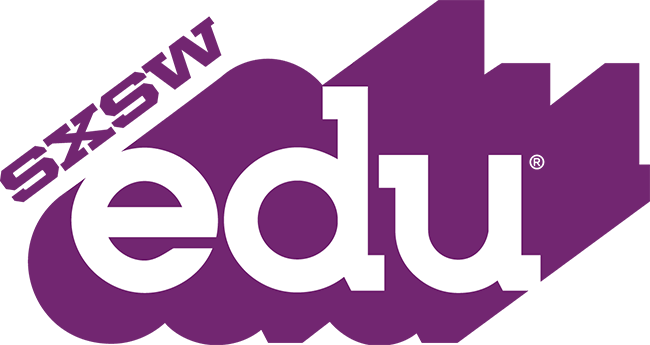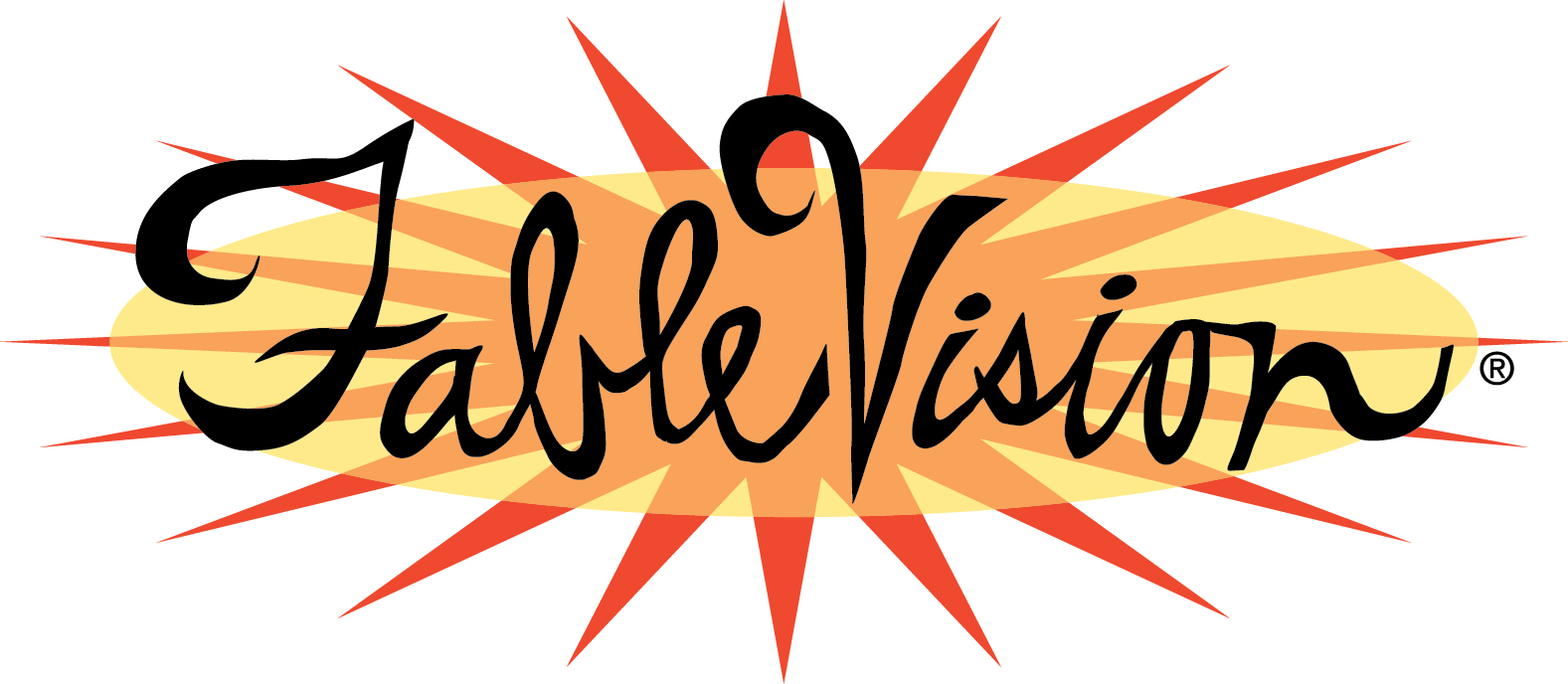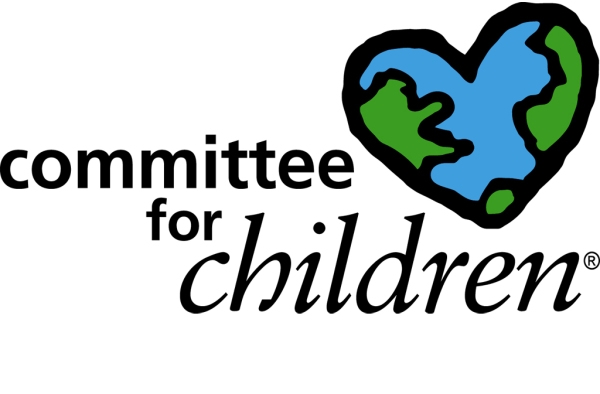I’ve learned a lot in my first few weeks here at FableVision. As one of the studio’s summer marketing interns, I’ve been brought up to speed on how to draft engaging blog posts and the #perfect tweet. I’m getting the hang of things, but there’s still one area I could use some extra help with: the big, wide world of edtech... and its many, many acronyms.
Edtech is a term that gets brought up in the studio all the time — it’s at the core of many of our ongoing projects and is integral to FableVision’s 200-year-long mission to make the world a better place. Itself an abbreviation of “educational technology,” edtech is the industry and practice in which digital tools and new technologies are being used to improve the way people learn.
Seeing as there are enough edtech-related acronyms out there to fill a large bowl of alphabet soup, I’ve gone ahead and created this handy guide for anyone who wants to brush up on their edtech terminology. LSWWG! (Translation: Let’s See What We’ve Got!)
AR/VR: Augmented Reality/Virtual Reality. We’re (hopefully) starting off easy, as you’ve likely heard of these two new emerging forms of interactive media. Although they have key differences, both technologies rely on computer-generated graphics to create simulated environments. AR/VR tech has exceptional edtech potential, as it can create engaging and intimate learning experiences for students. For specific examples of AR and VR in the classroom, check out this awesome list of 25 AR/VR resources, as curated by the International Society for Technology in Education.
CTE: Career Technical Education. Similar to vocational education, CTE is an alternative type of education that focuses on providing hands-on applied learning experiences, empowering students to build academic knowledge, problem solving skills, and specific career skills. Check out the Big Picture Learning and FableVision-produced animated film Navigating Our Way for more information about CTE and other non-traditional educational paths.
GBL: Game-Based Learning. Simply put, this is a type of gameplay with defined learning outcomes. Within GBL, educational content is carefully balanced with gameplay so that the player may better learn and retain the game’s subject matter. Virtually all of the games and interactives that FableVision has worked on are great examples of putting GBL into practice. #GBL is also one of the most popular hashtags in the FableVision Twittersphere:
LMS: Learning Management System. Have you ever heard of Blackboard, Canvas, or Google Classroom? Great, that’s an LMS! If you’re still unfamiliar with the concept, a learning management system is a piece of software that can administer and track educational courses online. Speaking from personal experience, I’ve had a pretty straightforward experience using Canvas in a number of my college courses. My professors can upload documents, videos, and other relevant materials to the system, and I’m able to submit assignments and check my grades — so much for the old “dog ate my homework” excuse!
PD: Professional Development. This approach to learning focuses on improving or developing skills that pertain to someone’s career. Professional development can occur at practically any stage in life, expanding far beyond the K-12 space. For a good example of PD in action, look no further than the FableVision-produced Good Thinking!: The Science of Teaching Science. Created under the direction of the Smithsonian Science Education Center, this animated series is designed to help teachers and dispel commonly held science-related misconceptions.
RPG: Role-Playing Game. As any video game enthusiast can tell you, a role-playing game is one in which players assume the roles of characters in a fictional setting. The RPG classification is very broad, encompassing TTRPGs (tabletop role-playing games), LARPs (live action role-playing games), MMORPGs (massively multiplayer online role-playing games), and other variations. In the classroom, RPGs can be useful tools for introducing students to new concepts and perspectives. Quandary, for example, is a Learning Games Network and FableVision-produced RPG in which players assume the role of a space captain in order to hone their ethical decision making skills.
SEL: Social and Emotional Learning. This approach to learning focuses on empowering to effectively apply the knowledge, attitudes, and skills necessary to understand and manage emotions, goals, and positive relationships. The SEL framework, now being used in schools across the country, draws from the findings of current emotional intelligence research. Previously, FableVision has partnered with Committee for Children to create ParkPals: Kindness Rules, a tablet game that reinforces key SEL skills.
STEAM: Science, Technology, Engineering, Arts, and Mathematics. Typically used in discussions of academic policy and school curriculum choices, STEAM’s grouping of academic disciplines is intended to draw more attention to professional fields that require highly skilled workers. The STEAM acronym is an updated version of STEM, with the added A (sometimes attributed to Architecture instead of Arts) now considered an equally important area of focus that strengthens the other disciplines. Check out this blog post for a sampling of some of STEAM-focused projects created by FableVision.
UDL: Universal Design for Learning. This is a research-based educational framework that guides the development of flexible learning environments. When implemented properly, these learning environments are able to successfully accommodate individual learning differences. Created in the 1990s, the general UDL framework calls for multiple means of expression, representation, and engagement for learners. The UDL framework is now employed in school curriculums, educational initiatives, and learning tools such as the interactive experiences created by FableVision.
UX/UI: User Experience/User Interface. Two major aspects of modern design principles, UX and UI are both processes centered around ensuring that individuals have positive and easy experiences when using products. User experience design is primarily concerned with how the product “feels” and flows, whereas UI design is focused more on its visual layout. UX/UI design is understandably a major focus in the edtech world, so much so that FableVision’s own Loren Lee-Flynn is the Studio’s in-house UX/UI guru. You can read more about Loren and her UX/UI responsibilities here.
Those were just some of our favorite edtech acronyms, but there are plenty more out there. Let us know if we missed any of your favorites!










